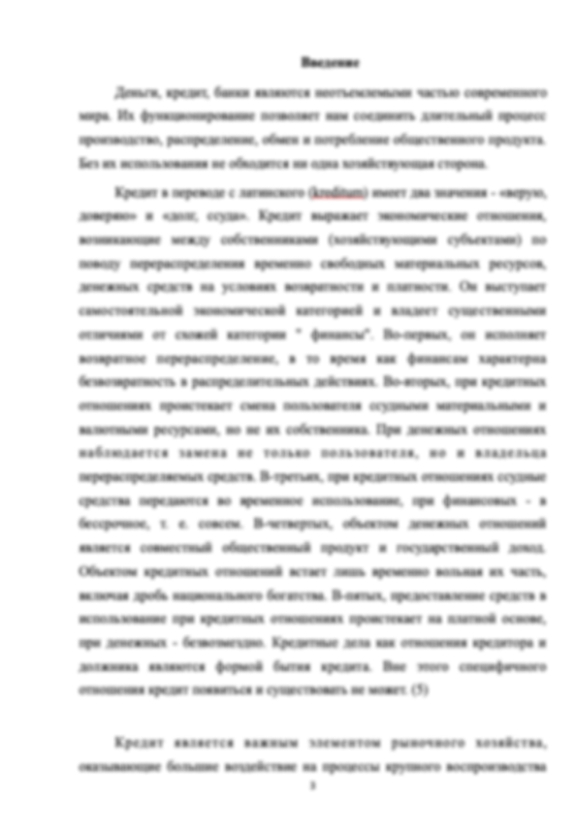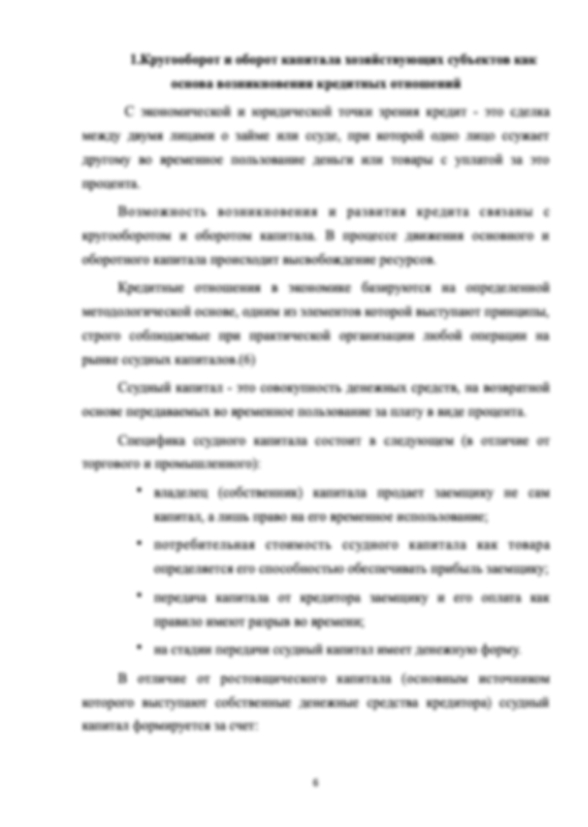Хорошо.
Информация о работе
Подробнее о работе

Перевод работы
- 11 страниц
- 2019 год
- 39 просмотров
- 0 покупок
Гарантия сервиса Автор24
Уникальность не ниже 50%
Фрагменты работ
Отсутствует
African Studies Centre / University of Groningen / Mzumbe University
African Public Administration and Management series, vol. 2
Fundamentals of human resource management Emerging experiences from Africa
Josephat Stephen Itika.
Reward management
Under Human Resources Management (HRM) philosophy, rewards are financial and non-financial means used in order to get the best effort and commitment from the employee as a partner in business. As observed by McKenna & Beach (2002), and rightly so, that while the financial aspect of rewards relates to extrinsic motivation meant for the satisfaction of basic needs of life, the non-financial rewards are more intrinsic, in that, they are meant for the satisfaction of psychological needs including job variety and challenging people, achievement, recognition, employee development and involvement in determining the affairs of the organisation. These ideas are well developed by various motivation theories including Maslow’s hierarchy of needs and Herzberg’s two factor and expectancy theories (Bratton & Gold 2007). Armstrong in all of his works on HRM takes the position that reward management is the design, implementation, maintenance, communication and evolution of reward processes, which helps organizations to achieve high performance. Other scholars with American influence or ‘personnel management’ use the term ‘employee compensation pay system’ (Gomez-Mejia et al. 2005; Десслер 2005).
Reward systems are put in place in order to improve an organization’s performance. The assumption is that reward packages motivate employees for total commitment to the organization’s effectiveness. Since the organization’s high performance also depends on significant improvement in all its aspects, there are also other specific objectives when rewarding employees, which can be subdivided into the categories of the organization, individual, employees and teams and also employee representatives (Trade Un-ions).
At the level of the organization, reward management is expected to:
1. Help the organization recruit the required number and quality of staff.
2. Employees have their needs and expectations from the employer with regards to pay. This includes the demands of the job, market rates elsewhere, comparison to other jobs, pay in the organization and the cost of living. The employer rewards staff in order to meet these expectations and hence make them feel that they are justly rewarded.
3. Harmony in the work place cannot be ensured if there is a conflict between employees through their trade unions and management when demanding better pay and working conditions. Conflicts are counterproductive to performance. Better pay also means better relationships with trade unions and less conflict.
Reward systems
Although many scholars use the phrase reward system to mean compensation packages for the recognition of the job done and the way they are provided, Bratton & Gold (2007) who are well supported by BPP Learning Media (2009) conceptualize reward systems as a mixture of extrinsic and intrinsic rewards provided by the employer. It also includes the integrated policies, processes, practices and administrative procedures for implementing the system within the framework of the human resource strategy and the total organization’s system. This understanding of the reward system is critical in de-signing effective human resource reward packages and in particular, the recognition that the institutional framework that supports rewards is crucial in the employees’ perception of the quality and quantity of the reward provided. Armstrong (1995) has provided a detailed description of rewards, their purpose and how they are expected to encourage employees’ commitment to the job and the overall organization’s performance. The description covers both the financial and non-financial aspects of rewards.
Financial
Wages and Salaries. Wages refer to total emolument paid to a worker for contribution to the organization. Wages are paid weekly or fortnightly. Deductions are made for non-attendance while salary is paid monthly, and expressed as an annual figure. It is unlikely to deduct for non-attendance in some days or hours although deductions are becoming increasingly common in multinational companies operating in Tanzania.
Wages could be paid as piece rate (upon finishing the agreed piece work) or time rate based on the number of hours.
Incentives: payments made for the achievement of the previously set and agreed targets – result oriented.
Bonus rewards for the successful performance and paid out as a lump sum. Paid for recognition of outstanding performance – result oriented.
Additional allowance – e.g. responsibility.
Premium – paid due to inconveniences, shifts, etc.
Overtime – paid for extra time spent.
Competence pay – paid due to achievement of defined levels of competence.
Profit sharing based on profit generated.
Non-financial rewards (intrinsic and extrinsic rewards)
Although there is a general consensus in the literature that the task done by a worker can be the source of reward, there are also those who believe that the environment within which a task is performed can be a source of reward. For decades, now the centre of the debate is the extent to which intrinsic and extrinsic motivation are a source of rewards for different professions and staff. Intrinsic rewards are attached to the direct relation-ship between the work and the task done including the feeling of achievement, accomplishment, challenges met and competence derived from performing the job. On the other hand, extrinsic rewards are achieved through motivation from factors outside the job itself. Apart from financial rewards, as already explained, the others are fringe bene-fits, company policies, supervision, office and a comfortable working environment.
Pay structure
The development of an effective pay structure is not an easy task because it involves systematic data collection, careful analysis and interpretation and prudent decision making (Redman & Wilkinson 2009). It involves the following processes:
Selecting an area of industry, a firm or an organization. Listing key jobs and positions common to most firms in the survey for comparison.
Preparing a schedule of information required, for example, salaries, scale/grades, supplementary pay etc.
Collecting data through instruments such as interviews, questionnaires and suchlike.
Compiling the data for each job.
Factors for consideration
Ability to pay: An organization cannot afford to pay more than what is earned from labour, total costs of production and the profit margin.
Cost of living: This is based on the cost of living index usually computed by a country. Sometimes, indices may be computed based on the data collected from the area where the organization is located.
Government regulations: Government policies and regulations on income do change from time to time. Organizations cannot afford to go against national policies and laws on minimum wage and employees’ entitlements to retirement benefits.
Internal and external Equity: Salaries and wages have to be seen to be fair for each employee working in the organization depending on the job category, rank and competencies required and disposed.
The power of collective bargaining: In countries and organizations where trade unions are strong, they tend to influence the reward systems. However, with increasing contract based, employment, the power of trade unions in collective bargaining has decreased.
Demand and supply for labour: Like any other factor of production, when the labour supply is scarce, it also becomes expensive and hence the employers who can reward more are the only ones who would be able to recruit and retain. In an ideal situation, the pay package should strike a balance between the employee and employer expectations. However, although common sense would dictate that rational means should be used to reward staff, quite often decisions on rewarding, particularly in public service, depend on a rule of thumb even if salary commissions may have been created to advise the government on the pay structure.
Job evaluation: It appears quite logical that fairness in rewarding job should be the most important concern of employers and employees. The fairness can mostly be achieved by objective evaluation of the worthiness of a particular job relative to others and hence reward accordingly. ACAS (1984) has defined job evaluation quite well saying that it is concerned with assessing the relative demands of different jobs within an organization in order to provide the basis for comparing jobs and hence pay.
There are different job evaluation methods, some of which are highly judgemental while others are more systematic and rational, although some kind of value judgement is not easy to eliminate completely (Torrington et al. 2005; Hook & Foot 2008). The most common job evaluation methods are:
Job ranking. Comparing the job as whole rather than different aspects of the job. For example, a job of a senior economist with procurement manager or chief internal auditor.
Job grading/classification. In this case, jobs are assigned grades e.g. A, B, C etc. by taking into account key skills, competencies and responsibilities required by the job to be done effectively.
Grade. A job may be the one with just simple tasks which do not require higher education or experience.
Skill-based evaluation. This is a method that grades jobs according to the level of skills or expertise required in performing those jobs. The method focuses on individuals and the inputs they are capable of providing. Therefore, skills compared between different jobs are the main decisive factors in determining the worthiness of a particular job against another.
Competence Approach (Harris 2005). Measuring the size of jobs by preference to the level of competence required for the accomplishment of performance and which include attributes such as:
Ability and willingness,
Leadership,
Innovation,
Creativity,
Risk taking,
Team working, and
Other personal traits necessary for performing jobs.
Market pricing. This is basically a micro economic approach to determining the value of labour under the principle of the free market where the forces of demand and supply determine the value of products and services. In this case, the higher the sup-ply of labour the lower the demand and hence the lower the price and vice versa. Therefore, market pricing relates internal rates of pay to market rates.
Point factor rating. This is an analytical method of job evaluation, which is more systematic and job centred than the other methods. For example, in a manual job the main important factors could be centred around knowledge and skills, effort, responsibility and working environment with the following sub components for consideration: level of education, working experience, initiative, physical strength, mental engagement, supervision, use of plant and equipment, safety, extent of hazard and noise environment (ACAS 1984).
The major reason as to why organizations increase rewards in terms of salaries and other incentives is because it is assumed that money increases job satisfaction, motivates and hence leads to better performance. However, studies conducted mostly in developed countries for the past 50 years have tried different aspects of motivation and have not yet come to any conclusive results regarding the value of money as a reward for all categories of staff. A study in Tanzania and Uganda also shows that it is not exclusively money that matters when encouraging employees to put more effort into their jobs.
Rewards improvements in the Tanzania Public Service
Through the public service reform programme the government of Tanzania has recognised the importance of pay and incentives in the process of improving public service delivery by adopting a medium term pay policy (MTPP). The purpose was to guide pay in ministries, departments, agencies (MDAs), regional secretariats (RSs) and local government authorities (LGAs). The policy was implemented through the medium term pay reform strategy (MTPRS) that covered:
The adoption of a medium term, target salary structure to increase pay to all public servants and to propose annual salary adjustments,
Job evaluation and grading in order to link pay with performance and
The adoption of the selective accelerated salary enhancement (SASE) scheme which targeted salary increase to key professional, technical and managerial personnel whose efforts were critical to the improvement of service delivery and other public service reform outputs.
The results were significant.
Работа написана в 2019 году. Оценка — отлично!
Отсутствует
Форма заказа новой работы
Не подошла эта работа?
Закажи новую работу, сделанную по твоим требованиям


